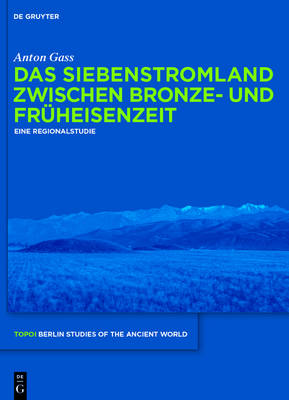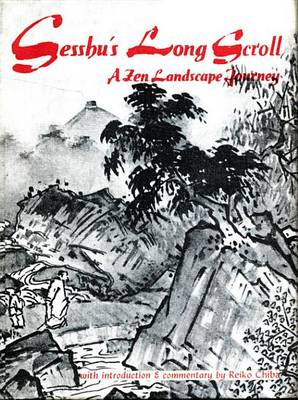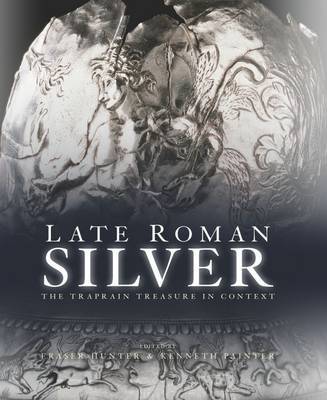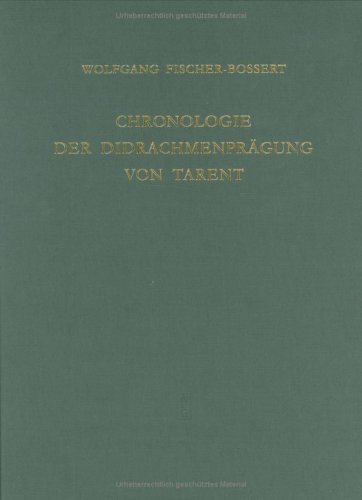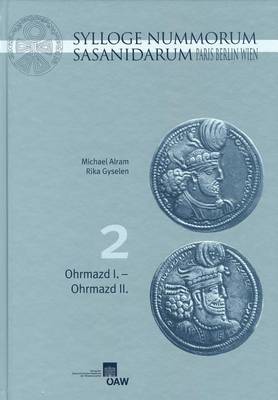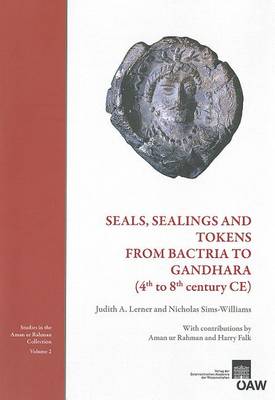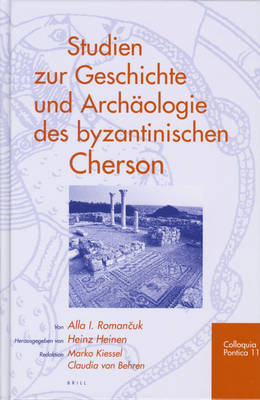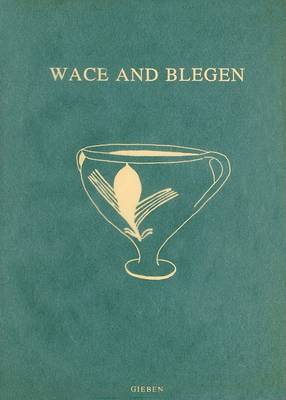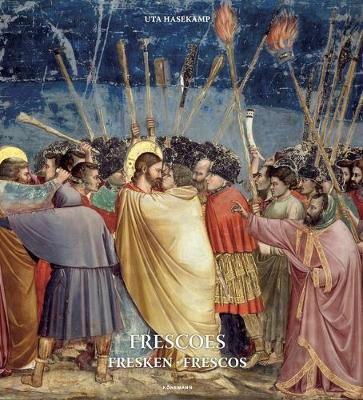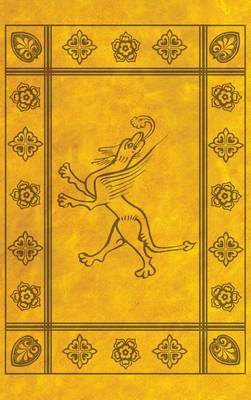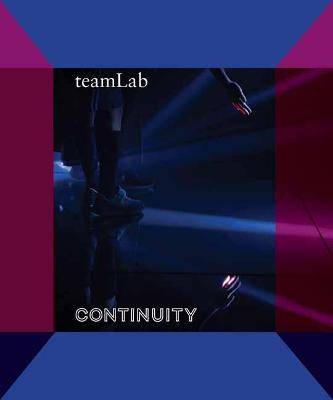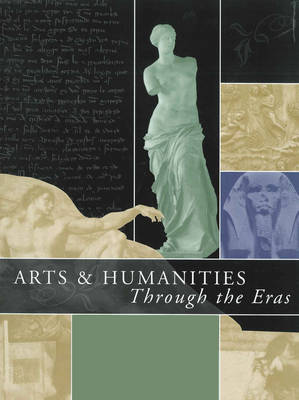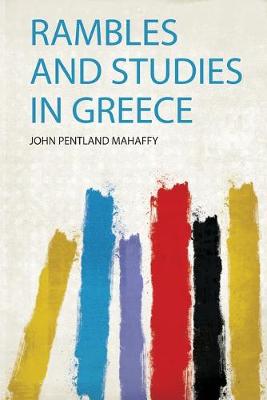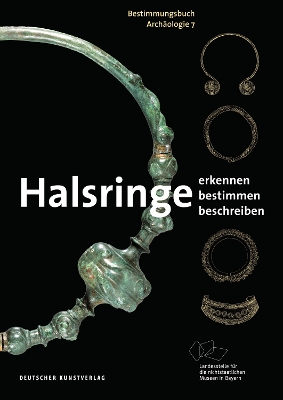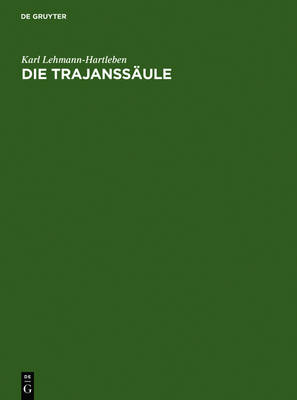Das Siebenstromland Zwischen Bronze- Und Fruheisenzeit
by Anton Gass
An influential view of ecphrasis-the literary description of art objects-chiefly treats it as a way for authors to write about their own texts without appearing to do so, and even insist upon the aesthetic dominance of the literary text over the visual image. However, when considering its use in ancient Roman literature, this interpretation proves insufficient. The Captor's Image argues for the need to see Roman ecphrasis, with its prevalent focus on Hellenic images, as a site of subtle, ongoing...
Late Roman Silver
Chronologie Der Didrachmenpragung Von Tarent
by Wolfgang Fischer-Bossert
Seals, Sealings and Tokens from Bactria to Gandhara (4th to 8th Century Ce)
by Judith A Lerner and Nicholas Sims-Williams
Corpus Vasorum Antiquorum, Osterreich, Beiheft 1 (Corpus Vasorum Antiquorum Osterreich Beiheft, #1)
This publication focuses on (natural) scientific methods in studying and analyzing ancient pottery and discusses several case studies of the application on ancient vases stored in the Kunsthistorisches Museum Wien, Universalmuseum Joanneum Graz, and Collection of the Karl-Franzens-Universität Graz. So called non-invasive methods (without sampling) are favored, e. g. using high-resolution computer tomography, X-ray fluorescence analysis.
Studien zur Geschichte und Archaologie des byzantinischen Cherson (Colloquia Pontica, #11)
by Alla I. Romancuk and Herausgegeben Von Heinz Heinen
The book is the first publication in English of the excavation of Byzantine Cherson (7th-14th cents.). It offers a comprehensive study of the topography of the city, its material culture, everyday life, architecture, craft production, and religious beliefs. It places Cherson within the overall history of the Byzantine Empire, its periphery and Black Sea-Mediterranean trade.
Frescoes (Art Periods & Movements) (Art Periods & Movements Flexi)
by Uta Hasekamp
The fresco - a painting on fresh plaster - is a technique of wall painting used since antiquity. Frescoes serve a wide variety of purposes: In churches as a Bible in pictures and for the representation of the life of saints or the truths of faith; in town halls they depict the ideals of a city government, in castles and palaces the appreciation of art and the sovereign virtues of the sponsors. This volume is devoted to frescoes and other impressive wall and ceiling paintings from the Romanesque...
Reconstructing Ancient Linen Body Armor
by Gregory S. Aldrete, Scott M. Bartell, and Alicia Aldrete
Alexander the Great led one of the most successful armies in history and conquered nearly the entirety of the known world while wearing armor made of cloth. How is that possible? In "Reconstructing Ancient Linen Body Armor", Gregory S. Aldrete, Scott Bartell, and Alicia Aldrete provide the answer. An extensive multiyear project in experimental archaeology, this pioneering study presents a thorough investigation of the linothorax, linen armor worn by the Greeks, Macedonians, and other ancient Med...
The Two Major Cities of the Inca Empire: Cuzco and Machu Picchu - History Kids Books Children's History Books
by Baby Professor
teamLab
by Karin G. Oen, Miwako Tezuka, Yuki Morishima, and Clare Jacobson
The digital collective teamLab, founded in Tokyo in 2001 by Toshiyuki Inoko, breaks established boundaries between the gallery and art world. This group-comprised of more than four hundred people including programmers, designers, and animators-creates immersive digital experiences outside of the realm of the traditional art world, navigating the confluence of art, technology, design, and the natural world. In many cases, it roots its imagery in historical Japanese art but uses the visual langua...
Halsringe (Bestimmungsbuch Archaologie)
by Angelika Abegg-Wigg and Ronald Heynowski
Neck rings are among the most magnificent genres among archeological finds. They are made of bronze, silver, or gold, elaborately produced, and richly ornamented. In prehistoric times, they were worn by selected men, women, and children, represented the status and dignity of the wearer, and distinguished the individual within his or her society. In Central Europe, there are neck rings starting from the beginning of the Bronze Age around 2200 BCE. They are found up to the Migration Period arou...
Excavations at Grimes Graves, Norfolk, 1972-76
by IH Longworth, etc., Andrew Herne, Gillian Varndell, and Stuart P. Needham
St. John the Divine (Ahmanson-Murphy Fine Arts Books (Hardcover))
by Jeffrey F. Hamburger
Throughout the Middle Ages, John the Evangelist, identified as the author of both the Book of Revelation and the most profound and theologically informed of the four Gospels, provided monks and nuns with a figure of inspiration and an exemplar of vision and virginity. Rather than the historical apostle, this book's protagonist is a persona of the Evangelist established in theology, the liturgy, and devotional practice: the model mystic, who, by virtue of his penetrating insight, was seen as havi...
